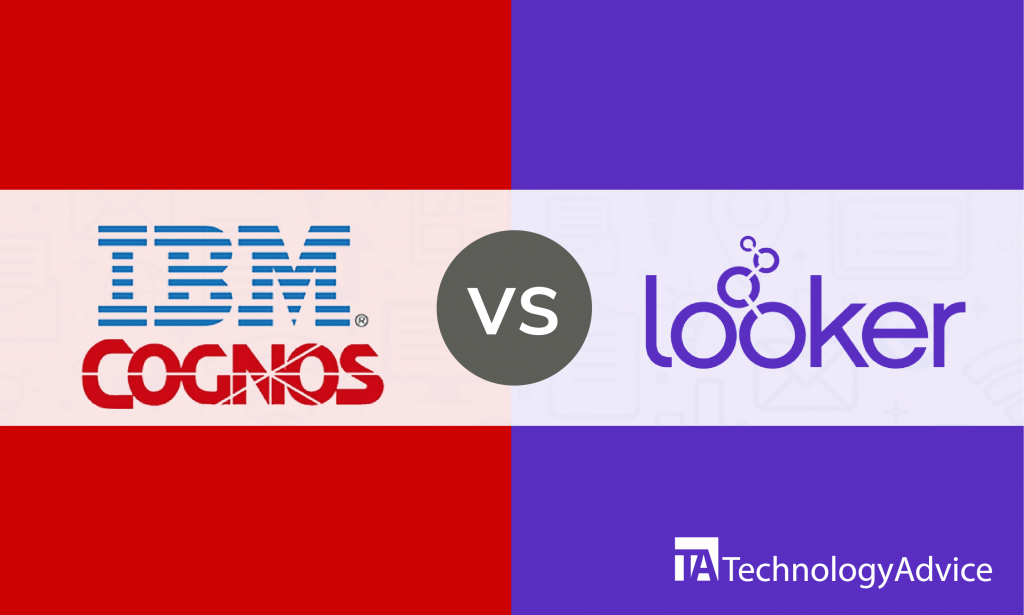Reliable business intelligence software products like Tableau and Grow are behind the success of numerous companies worldwide. Tableau helps businesses like Ferrari and Amazon reach its level of success. Grow helped Shipmonk and Hawkins Law Firm become the companies they are today.
Tableau and Grow both provide companies with several BI functionalities like data visualization and analysis to help them monitor and better understand their business.
There are many BI software solutions out there, but what sets Tableau and Grow apart is the use of low to no-code systems. This gives non-technical users the chance to create data visualizations and run data analytics.
There are similarities between Tableau and Grow, but also many differences. Tableau caters to the needs of businesses of all sizes: small to large. in contrast, Grow is specifically designed for small to medium sized businesses.
In this article, we’ll compare the features of Tableau and Grow.com to help you choose the best fit for your company.
Tableau vs. Grow: an overview
Since its founding in January 2003, Tableau became a leading BI software vendor. Globally, big names trust Tableau for their business intelligence needs.
Tableau gives users the capacity to connect to credible data sources, create data visualizations, analyze business standing, and predict possible trends.
Grow was founded in 2014 by Rob Nelson. Even though Grow has been around for just a few years, it has already garnered some awards and recognition, like being hailed as one of the Best Business Intelligence (BI) Software by GoodFirms.
Grow maintains simplicity in its approach to business intelligence. The BI software aims to provide growing companies the same BI solutions large enterprises get — minus the need for highly technical resources.
Comparing features and capabilities of Tableau vs. Grow
Data visualization
Giving users the freedom to create beautiful and interactive data visualization has always been a forte of Tableau.
Tableau has an easy-to-use drag and drop interface that helps users without programming skills create charts, generate reports, and customize dashboards according to their needs and preferences.
With Grow, users can also use different types of charts. Pre-built reports and dashboards are available for users who don’t really want full customization of their data visualization. However, dashboards and metrics are still open for customization.
Read also: The Importance of Stunning Data Visualizations
Sharing
Data visualizations and findings in Tableau may be shared with others in many different ways. Workbooks can be published in Tableau. Users can choose whether to share workbooks to the public or exclusively to team members.
Data for Grow can also be shared with others in various ways. Users can choose to share dashboards via email, URL links, and Slack.
Data analytics
Tableau uses visual analytics to see important details at a glance. Tableau’s data analytics can find underlying issues, understand business trends, and predict future business performance.
Grow currently relies on the combined capabilities of its Smart Builder feature and Google Analytics for data analysis. The Smart Builder feature is mainly responsible for creation of engaging visualization and smart assumptions.
Grow is planning to launch the Smart Assumptions feature in the near future. This feature will aim to use assumed key values to help users understand current performance at a glance.
Mobile access
Dashboards and reports created in Tableau are optimized to be mobile-friendly. The system automatically recognizes if a user is trying to access using a mobile device and adjusts accordingly.
Tableau has a dedicated mobile app that comes with two Tableau products: Tableau Online and Tableau Server. The Tableau Mobile app lets users interact with their data anywhere and even get alerts for particular data changes. The Tableau Mobile app is available for iOS and Android.
Grow also has a mobile app that allows users to view metrics on-the-go. At present, the Grow mobile app is only available for iOS devices.
Integrations and data sources
There are numerous apps, software, and platforms that can be integrated with Tableau. Some of the most popular integrations are Smarsheet, Quick Base, Adobe Marketing Cloud, Salesforce, and Google Analytics.
Grow also has an extensive list of possible integrations and data sources. These include Google Analytics, Salesforce, Hubspot, LinkedIn, Instagram, and more.
What your business needs
Tableau and Grow can be extremely helpful to businesses that want to enjoy the benefits of effective BI software without the need to hire developers or programmers.
It’s true that Tableau offers outstanding business intelligence capabilities — it’s no wonder big international companies count on them for their BI needs. However, you might want to expect a hefty price for the maximum benefits Tableau can offer.
Grow, on the other hand, was specifically made with small to mid-size businesses in mind. It also offers the capabilities of a reputable BI software product — possibly at a fraction of the cost of Tableau’s products. There’s nothing wrong with starting small, especially if you have just opened your business. After all, you can always switch to another option as your business grows.
If you want more BI software options, use our Product Selection Tool.





